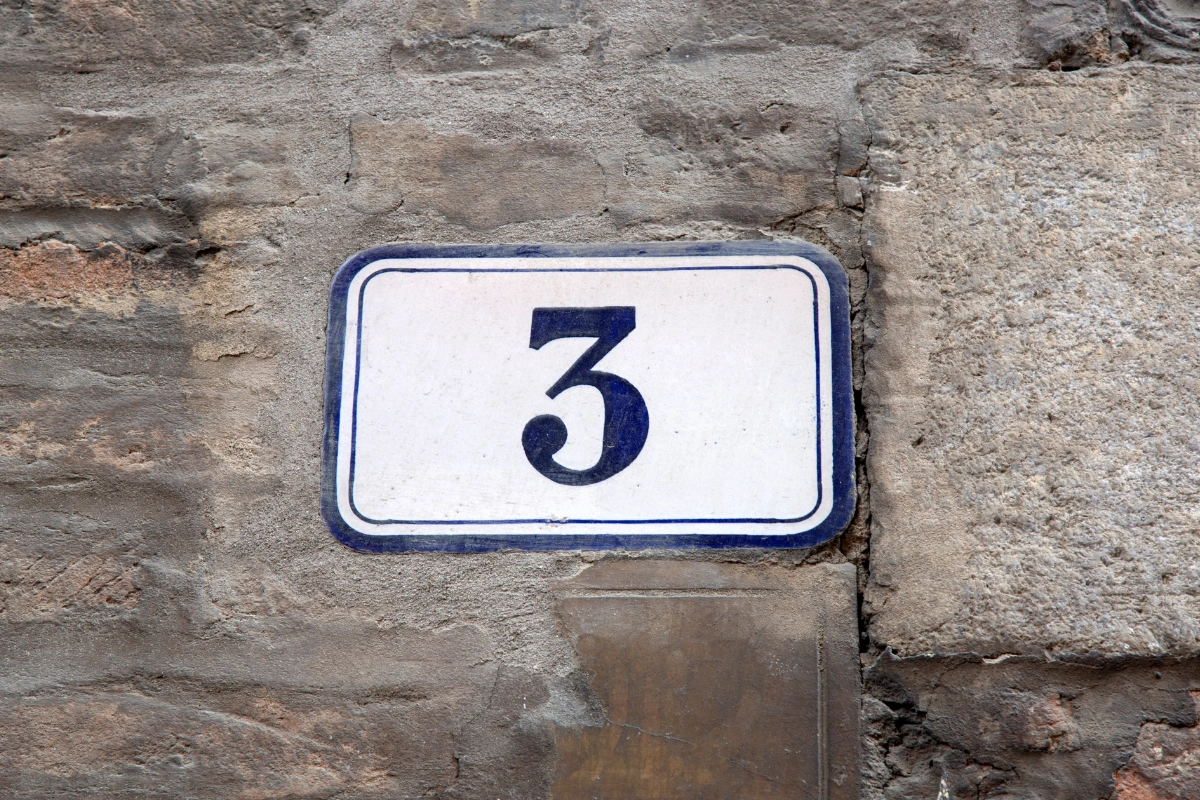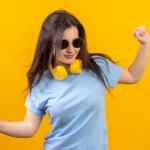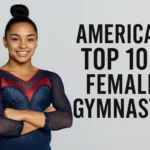Level 3 in USA Gymnastics (USAG) serves as a critical developmental stage, bridging the foundational skills of Levels 1 and 2 with the more complex routines of higher levels. While not mandatory for competition, Level 3 provides gymnasts with the opportunity to refine their skills and prepare for future competitive endeavors.
Vault
In Level 3 gymnastics, the vault routine is a compulsory skill that focuses on developing power, body control, and proper technique.
Level 3 Vault Requirements
In Level 3 gymnastics, the vault is a foundational event that emphasizes speed, power, and proper technique. The required vault at this level is the handspring over a raised mat surface, performed over a mat stack with a minimum height of 32 inches (81 cm) and a maximum height of 48 inches (122 cm). This vault involves sprinting down a runway, hurdling onto a springboard, executing a handspring onto the mat stack, and landing on both feet in a controlled manner.
Level 3 Vault Requirements
According to USA Gymnastics, the required vault for Level 3 is the handspring over a raised mat surface. The mat stack should be placed sideways, with dimensions as follows:
- Height: Minimum of 32 inches (81 cm), maximum of 48 inches (122 cm), including the base mat.
- Width: Minimum of 5 feet (152 cm).
- Length: Minimum of 5 feet (152 cm), with a length of 10 feet (305 cm) when placed sideways.
The vault should be performed with a straight body position, maintaining a neutral head alignment, and landing with feet together. The starting value for this vault is typically 8.6.
Apparatus Specifications
The uneven bars are set at specific heights to accommodate the gymnast’s size and ensure safety. For Level 3, gymnasts may use mounting blocks or boards to assist with the glide swing and pullover. These aids should be removed promptly after use to maintain the flow of the routine.
Common Deductions
Judges evaluate routines based on execution, technique, and adherence to the required elements. Deductions are taken for issues such as bent arms or legs, flexed feet, and improper body alignment. Falls incur a 0.5-point deduction.
Balance Beam
In Level 3 gymnastics, the Uneven Bars routine is a compulsory sequence designed to develop fundamental skills and prepare gymnasts for more advanced levels. This routine focuses on strength, control, and proper technique.
Level 3 Balance Beam Routine Requirements
At LevAt Level 3, gymnasts perform a beam routine that includes the following skills:
- Handstand: Achieving a vertical position on the beam, demonstrating balance and control.
- Leap with 90° Split: A leap with legs split to a 90° angle.
- 180° Heel-Snap Turn in Passé: A 180° turn on one foot in a passé position.
- Straight Jump: A vertical jump with straight legs and pointed toes.
- Pivot Turn: A 180° turn on one foot.
- Cartwheel to Side Handstand with ¼ Turn Dismount: Performing a cartwheel and finishing in a side handstand position before dismounting with a quarter turn.
These elements are designed to build confidence and proficiency on the beam, setting the stage for more complex movements in higher levels.
Apparatus Specifications
For Level 3 competitions, the balance beam must meet specific requirements:
- Height: The beam should be adjustable within the range of 100 cm to 125 cm from the floor.
- Dimensions: The beam must be 10 cm wide and 500 cm long.
- Surface: The beam should be padded and covered with a leather-like material.
- Matting: The area under the beam must be matted with a minimum of 6 feet by 12 feet at each end and 12 feet by 15½ feet under the beam.
Deductions and Faults
Judges evaluate routines based on execution, technique, and adherence to the required elements. Deductions are taken for issues such as bent arms or legs, flexed feet, and improper body alignment. Falls incur a 0.5-point deduction.
Uneven Bars
In Level 3 gymnastics, the Uneven Bars routine is a compulsory sequence designed to develop fundamental skills and prepare gymnasts for more advanced levels. This routine focuses on strength, control, and proper technique
Level 3 Uneven Bars Requirements
According to USA Gymnastics, the required skills for a Level 3 Uneven Bars routine include:
- Mount: Glide swing into a back hip pullover or a kip.
- Cast: A cast to horizontal position.
- Circles: Back hip circle and front hip circle.
- Dismount: Squat-on to a stretch jump dismount.
These elements are designed to build the foundation for more complex movements in higher levels.
Skill Breakdown
- Glide Swing: A fundamental skill that helps in generating momentum for subsequent elements.
- Back Hip Pullover: A key mount that transitions the gymnast from a hang to a support position.
- Kip: An advanced mount that requires strength and timing.
- Cast: Develops control and strength, setting the stage for higher-level casts.
- Hip Circles: Enhance swing technique and body control.
- Squat-on to Stretch Jump Dismount: Teaches proper body alignment and landing technique
Apparatus Specifications
The uneven bars are set at specific heights to accommodate the gymnast’s size and ensure safety. For Level 3, gymnasts may use mounting blocks or boards to assist with the glide swing and pullover. These aids should be removed promptly after use to maintain the flow of the routine.
Scoring and Deductions
Judges evaluate routines based on execution, technique, and adherence to the required elements. Deductions are taken for issues such as bent arms or legs, flexed feet, and improper body alignment. Falls incur a 0.5-point deduction.
Floor Routine
In Level 3 gymnastics, the floor routine is a compulsory sequence that emphasizes precision, control, and the execution of foundational skills. This routine introduces gymnasts to more complex elements, preparing them for higher levels of competition.
Level 3 Floor Routine Skill Requirements and Composition
At Level 3, gymnasts are required to perform a floor routine that includes the following skills:
- Handstand Forward Roll: A forward roll initiated from a handstand position, demonstrating strength and control.
- Handstand to Bridge Kick-Over: Transitioning from a handstand into a bridge position and then kicking over into a standing position.
- Leap with 90° Split: A leap with legs split to a 90° angle, showcasing flexibility and height.
- Split Jump with 90° Split: A jump with legs split to a 90° angle, emphasizing flexibility and form.
- Backward Roll to Push-Up Position: Rolling backward into a push-up position, demonstrating strength and control.
- Round-Off Back Handspring: A combination of a round-off and a back handspring, requiring coordination and timing.
These skills are designed to build confidence and proficiency on the floor, setting the stage for more complex movements in higher levels.
Artistic Expression and Choreography
While Level 3 routines are not yet fully choreographed to music, gymnasts are encouraged to perform with expression and fluidity. This includes:
- Smooth Transitions: Seamlessly moving from one skill to the next.
- Facial Expression: Displaying confidence and engagement during the routine.
- Posture and Alignment: Maintaining proper body alignment throughout the routine.
These elements help gymnasts develop the artistry required for higher levels.
Progression to Level 4
Advancement to Level 4 requires gymnasts to perform all Level 3 skills with consistency and confidence. Coaches assess readiness based on mastery of these skills, ensuring a solid foundation for the more complex routines of Level 4.













